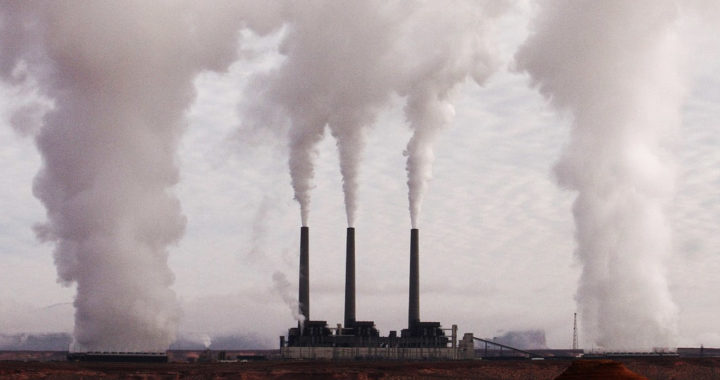The entire process of carbon capture and storage or CCS involves capturing carbon dioxide from point sources, processing and transporting the captured CO2 for storage, and storing or disposing them to a selected, and in most cases, reinforced location to prevent the captured CO2 from entering the atmosphere. The process has been considered a solution for managing the carbon emission of fossil fuel power plants and other relevant industrial activities, thus making it also a solution for addressing global warming and the ongoing climate emergency.
The Pros: Applications, Advantages, and Benefits of Carbon Capture and Storage
• The process has been positioned as a solution to reduce the carbon emission of fossil fuel power plants and other relevant industrial activities.
• Nevertheless, the primary application of carbon capture and storage centers on the need to address global warming and climate change.
• CCS could make up between 10 percent and 55 percent of the total carbon mitigation effort until the year 2020 according to the IPCC.
• There are three methods for capturing carbon: pre-combustion, post-combustion, and oxyfuel combustion methods.
• The study of R. T. J. Porter et al. revealed that pre-combustion capture method could trap between 50 and 98 percent of carbon dioxide.
• Another study by Yuan Wang et al. showed that post-combustion capture method has a typical capture rate of around 90 percent.
• Note that there are also several options for storing captured CO2. These are underground or geological sequestration, deep ocean storage, abandoned oil and gas reservoirs, and basal formation storage.
The Cons: Disadvantages, Limitations, and Criticisms of Carbon Capture and Storage
• Methods for capturing carbon dioxide have cost implications for owners and operators of fossil fuel power plants.
• There are several concerns over the safety of storing capture CO2 due to the possibility of leakages and environmental contamination.
• Natural calamities such as earthquakes or human-induced incidents might result in CO2 leakage from underground and reservoir storages.
• Deep ocean storage remains untested. Experts are unsure whether the deposited CO2 would indeed stay on the bottom of the ocean.
• Critics also have questions that cost-efficiency of basalt formation storage because this option requires 25 tons of waters for each ton of carbon dioxide buried.
• Furthermore, in basal formation storage, it is possible that microbes living in volcanic rocks might break down carbonates to methane.
• Another limitation of CCS is that it is not enough to tackle climate change because carbon emission from heating and power generation using fossil fuels only account for 25 percent of total greenhouse gas emissions.
• Note that transportation, other industrial activities, and agriculture that collectively constitute 60 percent of all greenhouse gas emissions
FURTHER READINGS AND REFERENCES
- Alfarsi, H. 2019. “Carbon Capture and Storage: Methods and Effectiveness.” Profolus. Available online
- Intergovernmental Panel on Climate Change. 2005. PPCC Special Report on Carbon Capture and Storage. Eds. Metz, B., O. Davidson, H. C. de Coninck, M. Loos, and L. A. Meyer. New York: Cambridge University Press. ISBN: 10-0-521-68551-6. Available via PDF
- Porter, R. T. J., Fairweather, M., Kolster, C., Dowell, N. M., Shah, N., and Woolley, R. M. 2017. “Cost and Performance of Some Carbon Capture Technology Options for Producing Different Quality CO2 Product Streams.” International Journal of Greenhouse Gas Control. 55: 185-195. DOI: 10.1016/j.ijggc.2016.11.020
- Wang, Y., Zhao, L., Otto, A., Robinius, M., and Stolten, D. 2017. “A Review of Post-Combustion CO2 Capture Technologies from Coal-Fired Power Plants.” Energy Procedia. 114: 650-665. DOI: 10.1016/j.egypro.2017.03.1209






